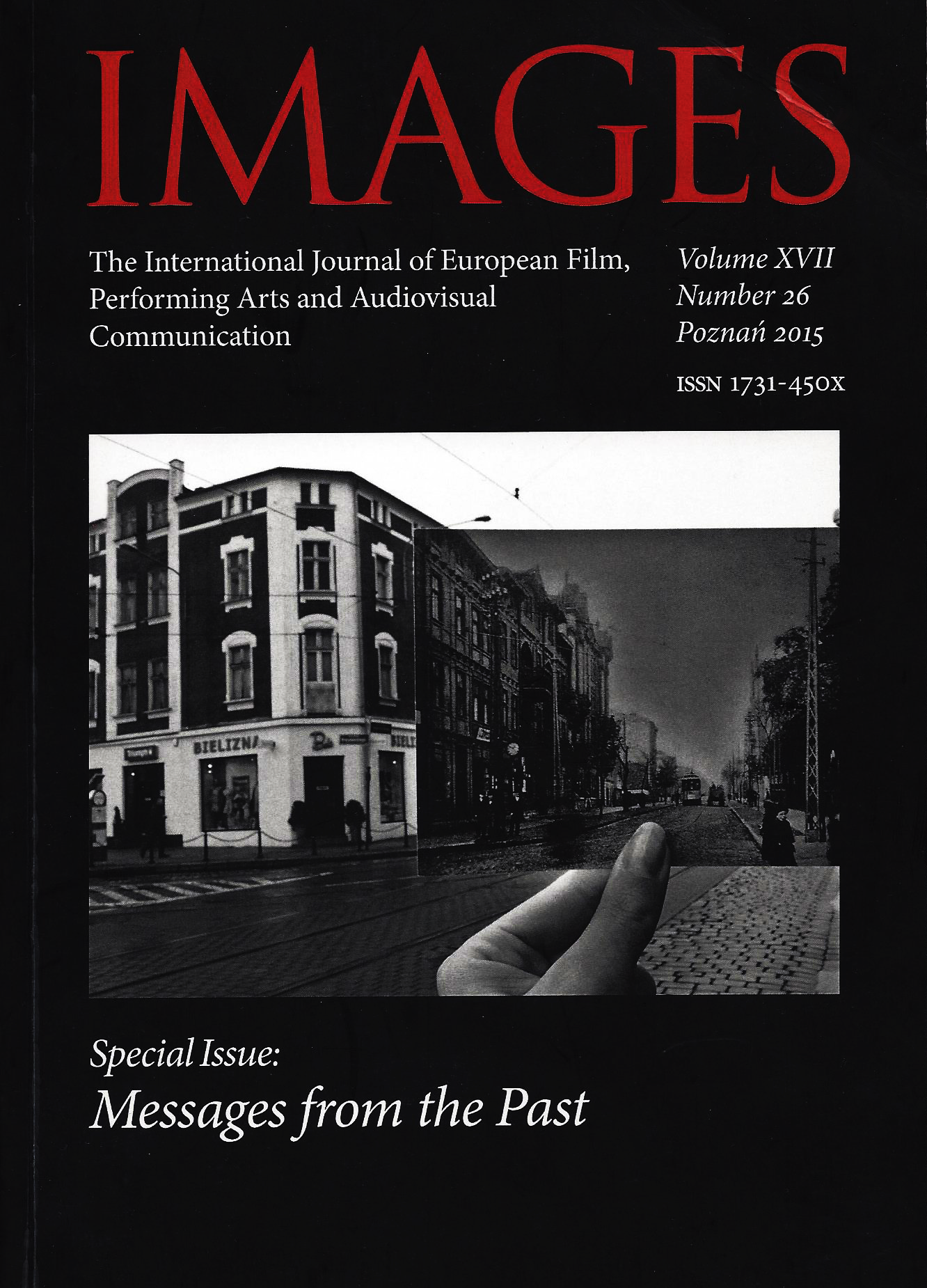The Film Document as a Testimony of the Present: A Sceptic at the Confessional
The Film Document as a Testimony of the Present: A Sceptic at the Confessional
Author(s): Marek HendrykowskiSubject(s): Visual Arts, Sociology of Culture, Film / Cinema / Cinematography, Sociology of Art
Published by: Uniwersytet Adama Mickiewicza
Keywords: documentary film; history of film; semiotics of film;
Summary/Abstract: The semiotic mechanism of representing time present in documentary film has remained the same since the 19th century up to this very day. This is governed without exception in the cinematographic “message” by the choice and combination of visual and audio elements shown on the screen, together with the process of fragmentation and segmentation of images in respect to the reality being communicated. The nature of information contained in the moving pictures is one of communicating integrated experiences of the world, and experiences of civilization and culture. Thus conceptualized, information and the process of informing have a dimension that is par excellence anthropological. There in fact lies the broadly understood process of experience on the part of man and society - regardless of the changeability and ad hoc nature of the subjects raised in a given piece of subject matter - representing each time its ‘what’ and ‘how’. Regardless of the means of film expression used, there is always the same point of significance: the difference in the potential between what is known and that which is unknown. That is why the creative documentary proves on each occasion to be a mutual discovery of both known and unknown reality - one shared by the filmmaker and audience.
Journal: Images. The International Journal of European Film, Performing Arts and Audiovisual Communication
- Issue Year: 15/2014
- Issue No: 24
- Page Range: 91-98
- Page Count: 8
- Language: English

